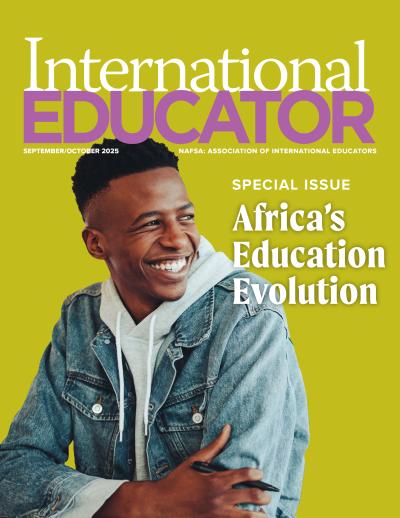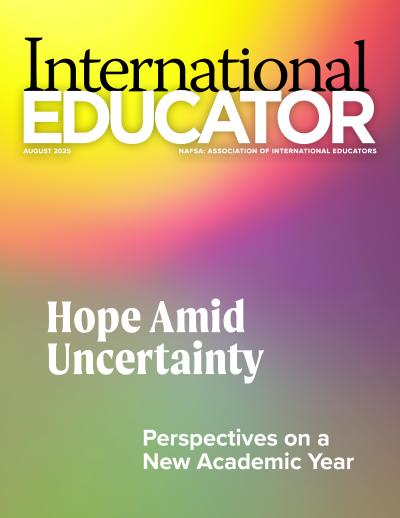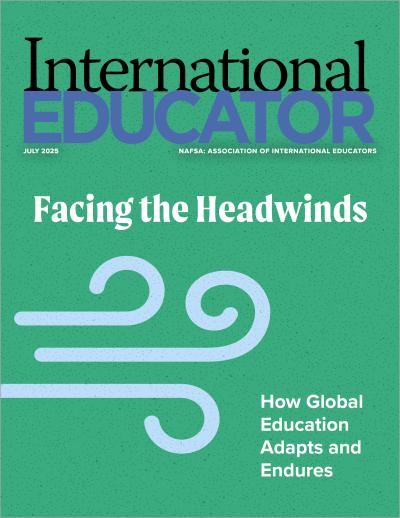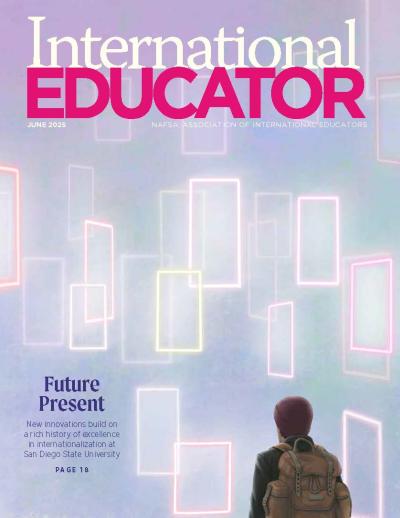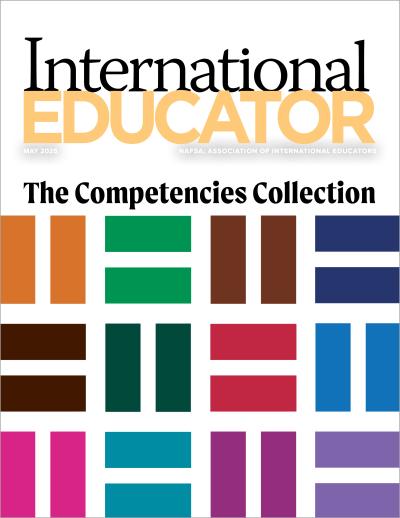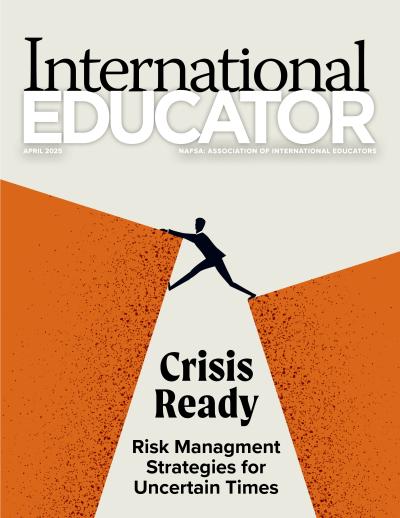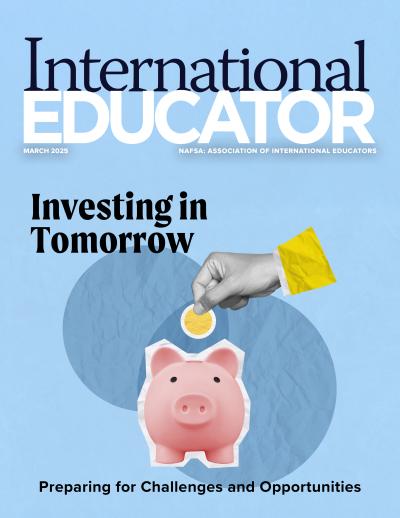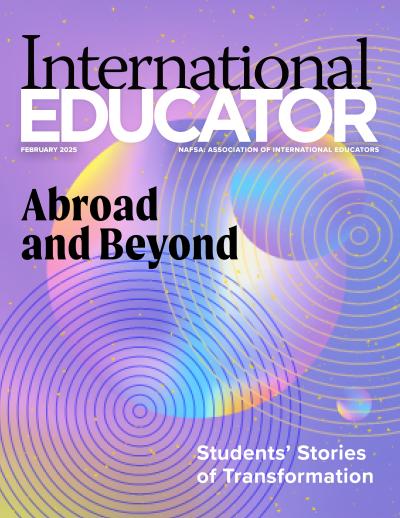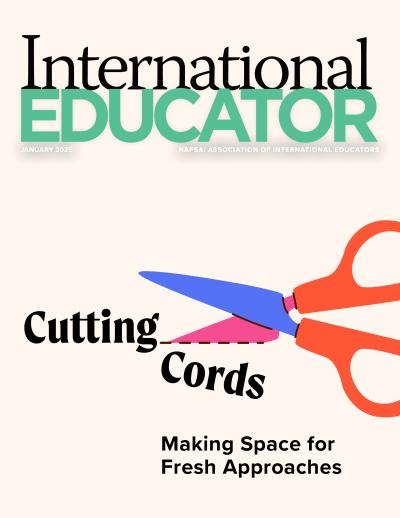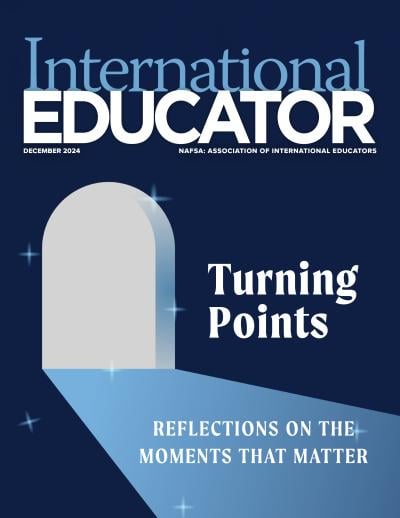Reimagining the Student Experience for Greater Impact
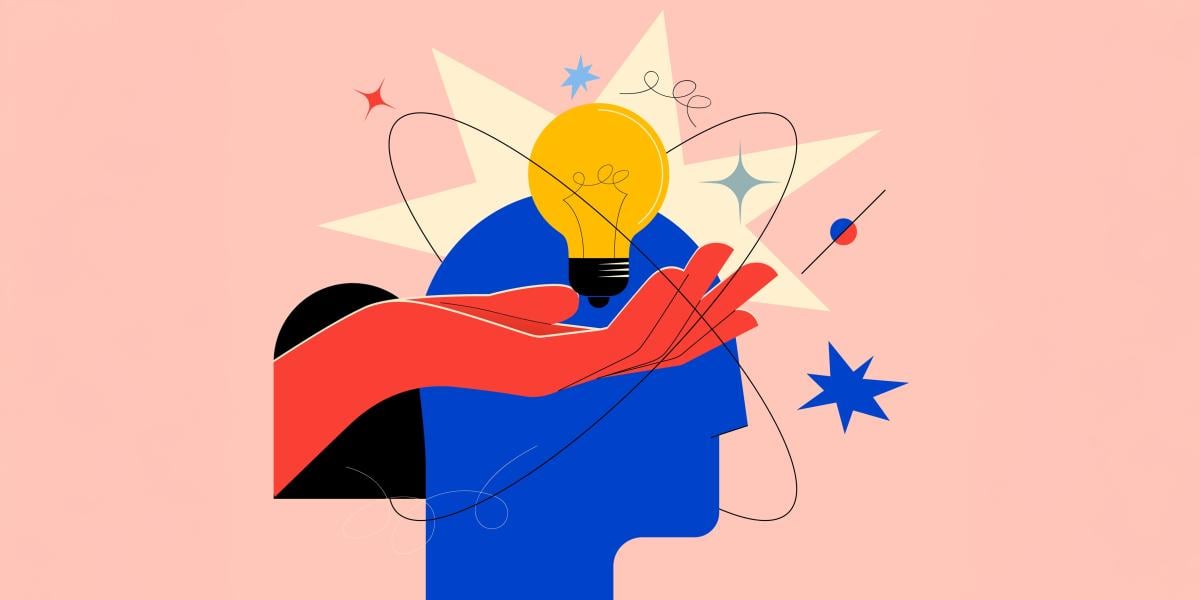
With 2025 shaping up to be a year of change, it is timely to consider what we need to leave behind to proactively embrace what lies ahead. The January issue of International Educator, aptly titled Cutting Cords, challenged us to explore new ideas, innovative approaches, and fresh perspectives. It was a call to action—one that dared us to rise to the occasion. As international educators, adaptability, flexibility, lifelong learning, and humility are foundational to our work. These qualities are indispensable as we navigate the macro- and microtrends shaping higher education, compelling us to reimagine how we work, what we offer, and who we partner with to advance our shared mission.
It is fitting, then, that the February issue of International Educator focuses on the essential topic of students and the student experience. Students are the common thread that unite us regardless of our domains of expertise. They remind us of our "why," inspiring us daily to be better and do better.
Putting Students at the Center of Our Mission
In my more than 30 years in international education, I have had the privilege to work in partnership with countless colleagues on efforts focusing on the student experience. This focus on students is a part of my career that has brought me immense joy and, during the most challenging times, has motivated me and others to persevere. Students are not mere consumers, as some might suggest; they are learners, changemakers, future innovators, leaders, and policymakers. As international educators, we must remember who we serve and recognize our profound responsibility to them.
In an increasingly polarized world grappling with global challenges, preparing today’s and tomorrow’s leaders is the most important purpose of our work, with far-reaching implications for the societies we envision. Students today face unique challenges and possess tools and knowledge that were unavailable to previous generations. As digital natives, their ways of building community, understanding the world, and enacting change differ significantly from those of the past.
Students are not mere consumers, as some might suggest; they are learners, changemakers, future innovators, leaders, and policymakers.
Placing students at the center of the academic mission demands that we truly know them; provide them with an education fit for the 21st century; and foster a global, multidisciplinary approach to learning. Every student has the potential to succeed when provided with the right opportunities, matched with the best-fitting institution, and supported by a community that cares deeply about their success.
During three decades of engagement with diverse students, I have had the privilege of both teaching and learning from them. These experiences have shaped my understanding of what is essential for student success and meaningful outcomes. Here are my key takeaways:
1. Adopt a holistic approach to the student experience.
A holistic approach ensures that every juncture of the student life cycle is supported by services and programs responsive to the diverse needs of students. Institutions must hold themselves accountable by using evidence-based metrics and assessments to evaluate the effectiveness of their efforts. A commitment to continuous improvement is essential for fostering an environment where all students can thrive.
2. Create mechanisms for student input and feedback.
Listening intently to students is nonnonegotiable. Institutions must avoid infantilizing students and instead engage them as partners, taking meaningful actions aligned with their feedback. Failing to do so risks losing students’ trust and engagement. My experience has shown that students are effective collaborators when we constructively involve them in decision-making processes. Cocreation with students leads to more impactful and sustainable outcomes.
3. Embrace a universal design philosophy.
Moving from a deficit-based approach to an asset-based mindset acknowledges and responds to the realities of diverse student populations. Equity must be the cornerstone of our work. One-size-fits-all solutions are ineffective; instead, institutions must design programs and policies that recognize and leverage the strengths and potential of all students.
4. Regularly review services, policies, and procedures.
Higher education institutions must routinely evaluate their programs, services, policies, and procedures through the lens of the student experience. Are these offerings living up to the promise of delivering an exceptional experience? Are they effective? What improvements are necessary? Honest answers to these questions can drive meaningful change.
5. Break down silos to provide seamless experiences.
Too often, institutional initiatives are designed with administrative convenience in mind rather than the needs of students. This approach leads to low utilization among students and instances where students fall through the cracks. A student-centric approach requires placing students at the center of all planning and decision-making processes. Breaking down silos among departments ensures a cohesive and supportive experience that aligns with students’ needs and goals.
6. Invest in staff to enhance the student experience.
The student experience is deeply intertwined with the staff experience. Staff members who feel valued, well equipped, and aligned with a clear mission are more likely to invest in their work and care deeply about students. Institutions must prioritize staff development and create environments where employees can thrive, as this directly impacts the quality of student engagement and support.
A Collective Responsibility
As international educators, our collective responsibility is to nurture and empower students to navigate a complex, interconnected world. This requires a commitment to continuous learning, collaboration, and innovation. By centering students in our work, embracing equity, and fostering holistic support systems, we can ensure that higher education fulfills its promise as a transformative force for individuals and societies alike.
The year ahead challenges us to be bold, creative, and intentional in reimagining the student experience. Let us rise to this challenge, guided by the knowledge that when students succeed, we all succeed. Together, we can build a future that reflects the best of what education has to offer—one where every student can thrive and contribute to a better, more just world. •
About International Educator
International Educator is NAFSA’s flagship publication and has been published continually since 1990. As a record of the association and the field of international education, IE includes articles on a variety of topics, trends, and issues facing NAFSA members and their work.
From in-depth features to interviews with thought leaders and columns tailored to NAFSA’s knowledge communities, IE provides must-read context and analysis to those working around the globe to advance international education and exchange.
About NAFSA
NAFSA: Association of International Educators is the world's largest nonprofit association dedicated to international education and exchange. NAFSA serves the needs of more than 10,000 members and international educators worldwide at more than 3,500 institutions, in over 150 countries.
NAFSA membership provides you with unmatched access to best-in-class programs, critical updates, and resources to professionalize your practice. Members gain unrivaled opportunities to partner with experienced international education leaders.





